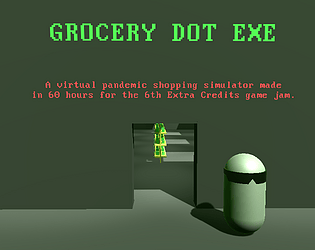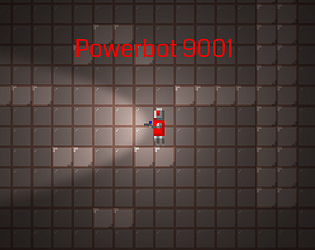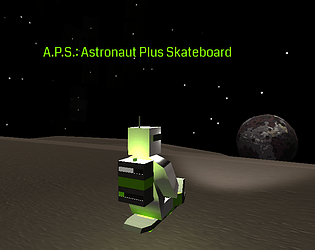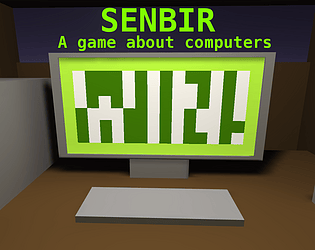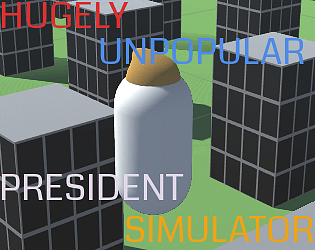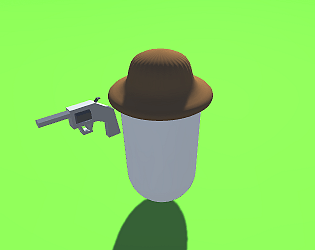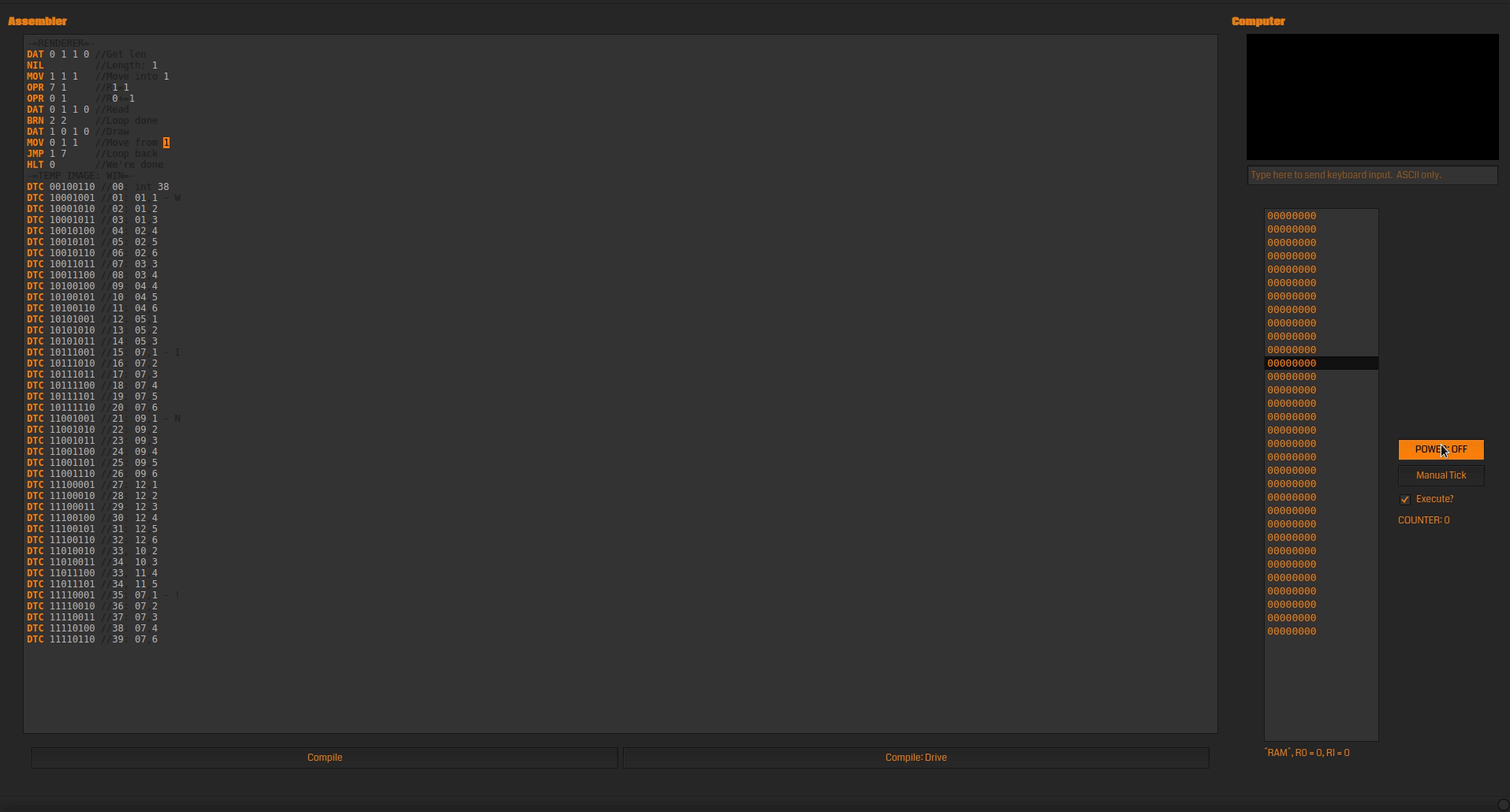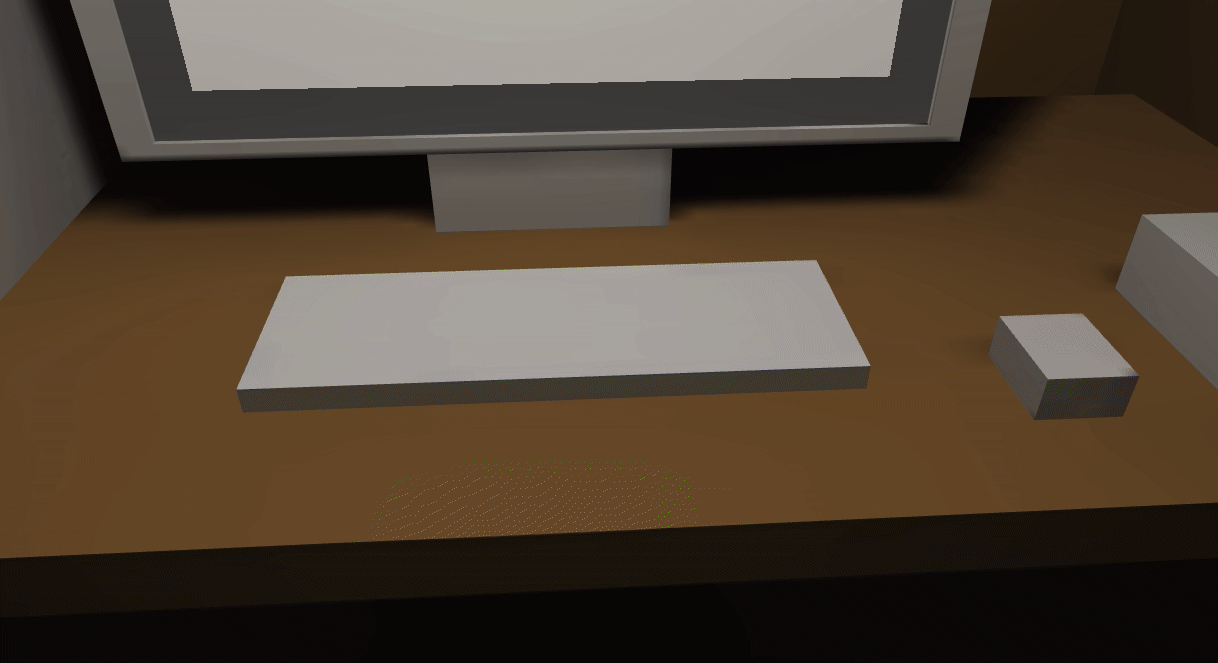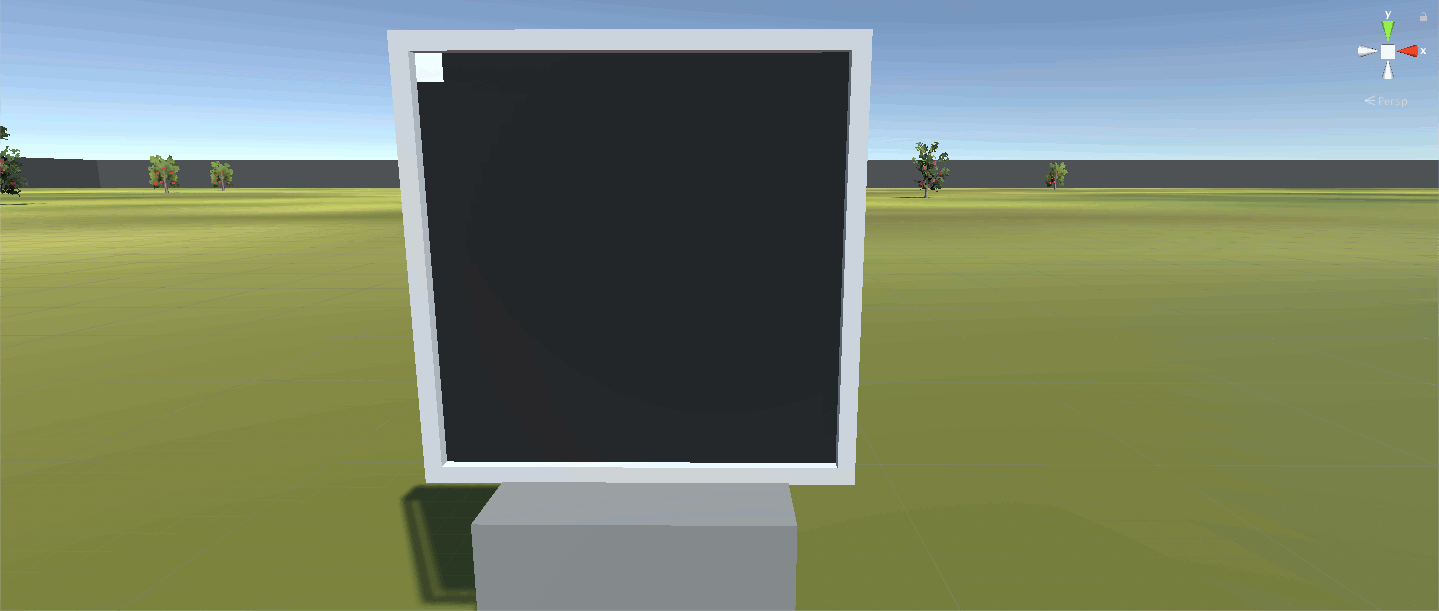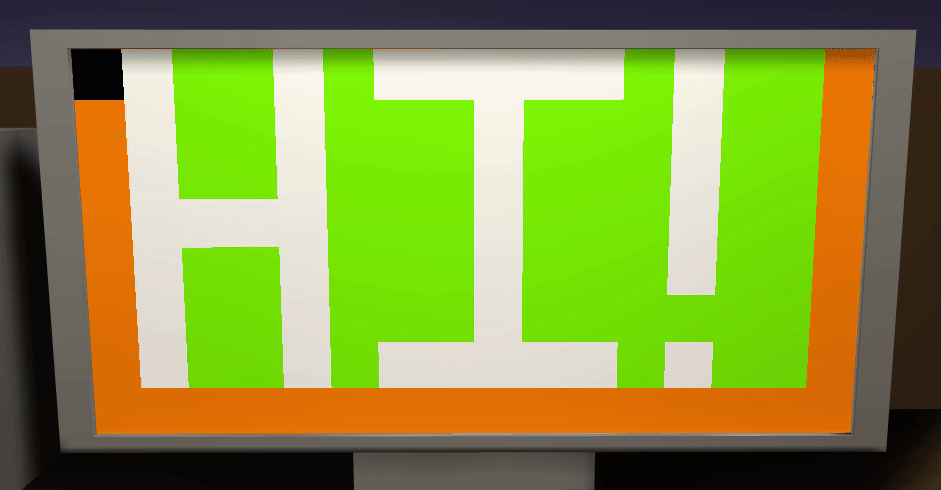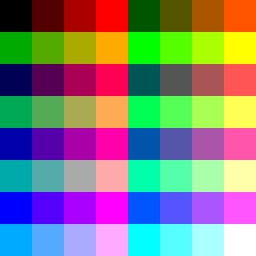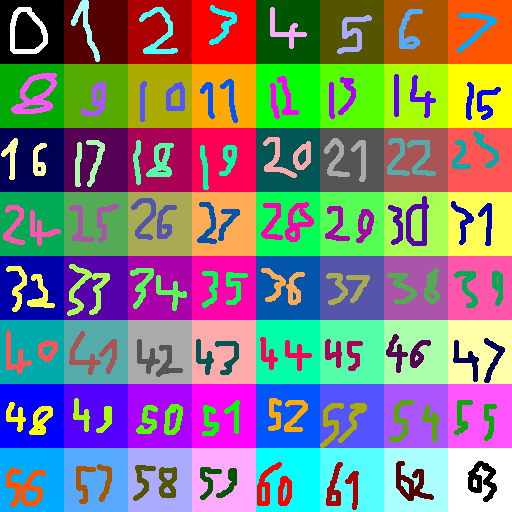Unless they've totally busted the build system in modern releases (i.e, 2020 and beyond), that was basically never the case when I did development under Windows. IIRC 5.0.0ish did have some issues with Mac builds never making it past the splash screen, but it was fixed shortly after, and the Linux ones legitimately never broke, even back into the dark ages of Unity 4 and the likes.
Also, it's important to remember that while Mac OSX and Linux are both unix-derived, Linux != Mac OSX. Macs are nightmarishly overcomplicated, ridiculously locked-down, and their "applications" being folders w/ metadata in addition to executables and data files is where I recall many of the 5.0-era build bugs happening. Linux is a lot more akin to Windows in that applications are just executable files, with no need for a fancy folder structure or a hundred different pieces of hidden metadata that'll break everything if they're messed up.
TL;DR: Linux builds from Windows should be fine, it's not a tenth as picky as Macs are, and AFAIK Mac builds from Windows machines will be fine as well, in all cases doubly so if you use something like Butler for uploading builds instead of relying on Windows' at-time janky system for working with zip flies.
(As for Unreal: to my knowledge, you can only build for the platform your editor is running in, so while you can make a game cross-platform with it, you've gotta dual-boot and keep an identical editor setup on both, or worse, triple-boot if you want to cover Macs as well.)


